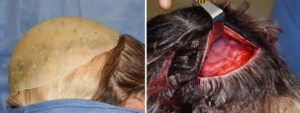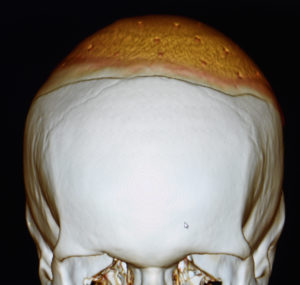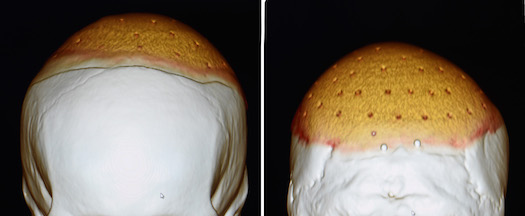Custom skull implants are the most effective method for a wide variety of head augmentations. Made from the patient’s 3D CT scan they are preoperatively contoured to the shape of the skull to allow for the amount of head shape increase that the overlying scalp will permit. One of the important components of their design is that the amount of surface area coverage needed is much greater than one would think. As the point of maximum projection increases so must the surface area around it to maintain a low convexity shape that looks natural.


Dr. Barry Eppley
Indianapolis, Indiana





